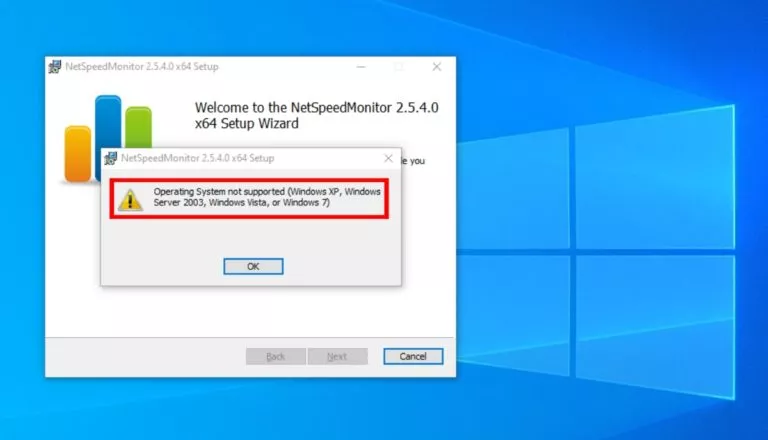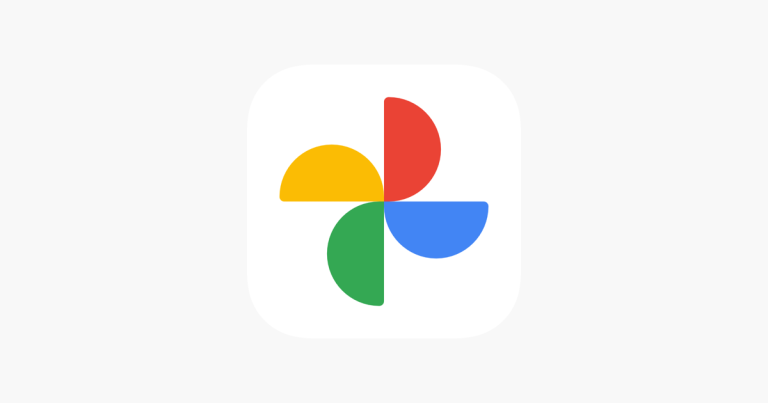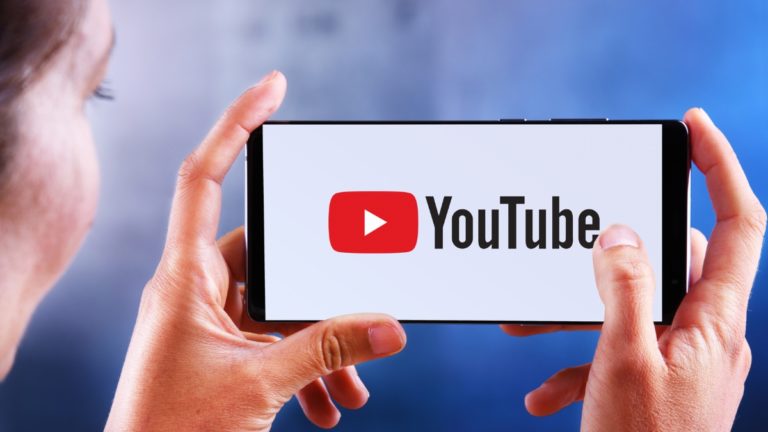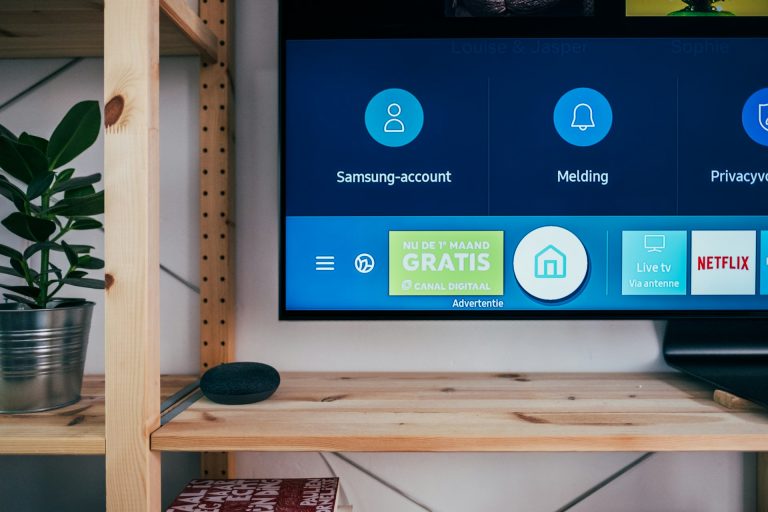RCS Messaging 101: The Only Guide You Need
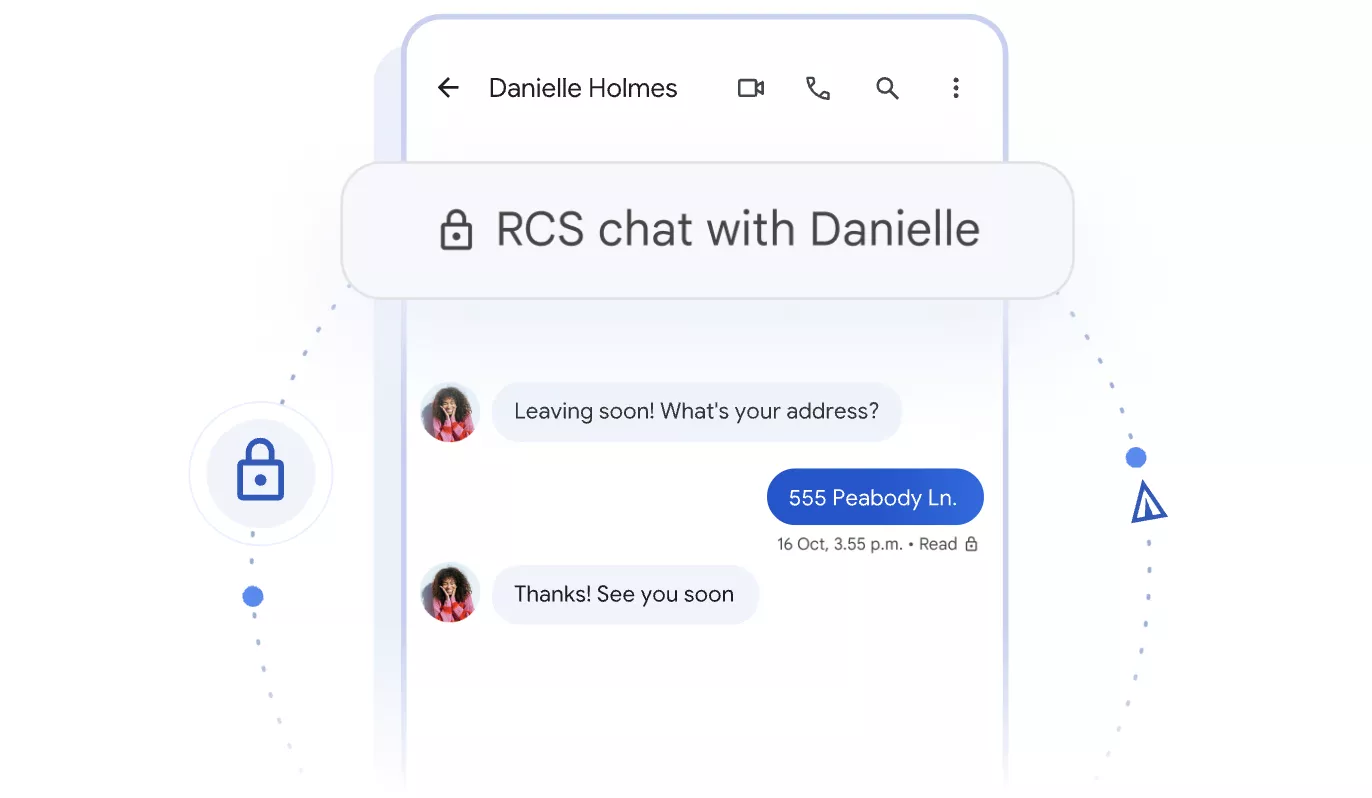
RCS, or Rich Communication Service, has been the talk of the town for quite some time, with Google actively promoting its features over traditional SMS. Now, with the news of Apple finally adopting RCS, here is everything you need to know about the new messaging standard.
The need for a new messaging standard
Text messaging has been one of the primary means of communication, connecting people over long distances. However, as technology and user needs evolved, the limitations of the 1992-introduced SMS standard became apparent since it lacked multimedia support and encryption. And although Multi-Media Messaging (MMS) attempted to address this, it fell short of meeting the growing demand for a more robust messaging service.
This paved the way for third-party messaging clients like WhatsApp and Telegram, which used the internet to provide a seamless messaging experience, allowing users to send photos, videos, and files of all sizes. Additionally, the fact that these apps allowed for unlimited messages made them an instant hit in many regions.
However, there is one market where these messaging clients failed to penetrate, i.e., the United States. Despite having over 2 billion monthly active users, WhatsApp never gained traction in the US, thanks in part to the US carriers and iMessage, both of which already provided unlimited text messages. Moreover, unlike countries like India, where WhatsApp became popular because people wanted to overcome the cost of talking to their relatives abroad, people in the US did not frequently travel abroad, leaving little to no need for using a third-party messaging service.
What is RCS?
Developed by GSMA in 2007, the RCS messaging standard aims to not only overcome the limitations of the SMS standard but also to bridge the gap between traditional texting and feature-rich apps.
However, it wasn’t until 2016 that the GSMA agreed on a universal profile and issued a set of standards that all mobile operators, phone manufacturers and software providers can use to help implement RCS on devices. Once the standards were in place, the benefits of RCS became apparent since it introduced modern features such as multimedia sharing, read receipts, and real-time interaction, thus mirroring the experience of apps like WhatsApp without requiring additional installations.
Keeping privacy in mind
In this day and age, where threat actors continually seek new ways to infiltrate devices, ensuring the encryption and security of our texts becomes paramount. And although SMS does have basic network-level encryption, it falls short since bad actors can decrypt the messages with the right tools. Fortunately, privacy is a big part of RCS, as it relies on end-to-end encryption (E2E), ensuring heightened message privacy between sender and receiver.
Additionally, a brand verification process for companies sending messages to users reduces the likelihood of spam inundating phones.
Challenges in the journey towards RCS adoption
Considering the advantages of the new technology, it might be clear that RCS should have already been the standard everyone used. However, the journey of RCS wasn’t without some significant challenges. This is because, unlike SMS, which works across all devices and networks, RCS required substantial technical upgrades on both network and device sides, with mobile carriers initially hesitant to make such investments.
However, recognizing the demand for features like read receipts and better multimedia support, mobile operators began working toward wider RCS adoption. Additionally, when Google came on board, it became evident that RCS was about to get big.
Google’s support of RCS
In 2019, Google, already working on its chatting platform, Allo, shifted its focus to a broader RCS implementation. Shortly after, Google announced that it would begin implementing RCS in its messaging app via an opt-in basis, with the company also handling the service instead of the carriers.
Since then, Goole has slowly worked towards implementing RCS in various apps and recently made it the default option for text messaging. But despite these efforts, RCS has struggled to gain traction in the US, primarily due to Apple.
Apple against RCS?
Apple’s resistance to RCS stems from its proprietary messaging platform, iMessage, which has been one of Apple’s biggest strongholds amongst its consumers since it locks them in the Apple ecosystem. Additionally, taking advantage of its position, Apple has created a sort of stigma towards Android users, where people discriminate against others based on the colour of their text messages.
Furthermore, to make matters worse, when an Android user was added to a group chat, Apple would intentionally restrict iPhone users from accessing features like thread responses and editing texts, thus making group chats unbearable.
This led to Google launching an all-out campaign, aiming to force Apple into adopting RCS and ending the stigma. The website named “Get The Message” stated, “It’s time for Apple to fix messages. Blurry videos, broken group chats, lack of encryption and more. Texting between iPhones and Android phones feels like using tech from another era because it is – Apple refuses to adopt modern texting standards.”
Why is Apple suddenly on board?
Despite Apple CEO Tim Cook initially stating no plans to support RCS, Apple recently announced its intention to incorporate RCS into iMessage starting in 2024. This shift aims to facilitate seamless messaging between Android and iPhone users without relying on the SMS standard. However, it is important to note the specifics of how RCS will operate within the iPhone environment remain unclear, and Android users will still have green bubbles.
When talking about this matter, Jacqueline Roy, an Apple spokesperson, stated, “We believe RCS Universal Profile will offer a better interoperability experience when compared to SMS or MMS. This will work alongside iMessage, which will continue to be the best and most secure messaging experience for Apple users.”
This decision stems from regulatory pressures, particularly the European Union’s Digital Markets Act (DMA), which aims to restrict excessive controls by labelling services as gatekeepers. As a result, if the EU designated iMessage as a gatekeeper service, Apple would’ve been compelled to open iMessage to third-party operators. Therefore, integrating RCS will not only improve user communication but also allow Apple to maintain control over iMessage.
How to use RCS?
While Apple’s implementation is still under development, Android users can already use RCS to communicate with each other. However, some users might need to enable the service manually. To do this:
- Open the Messages app and click on your Profile picture in the top-right-hand corner of the screen.
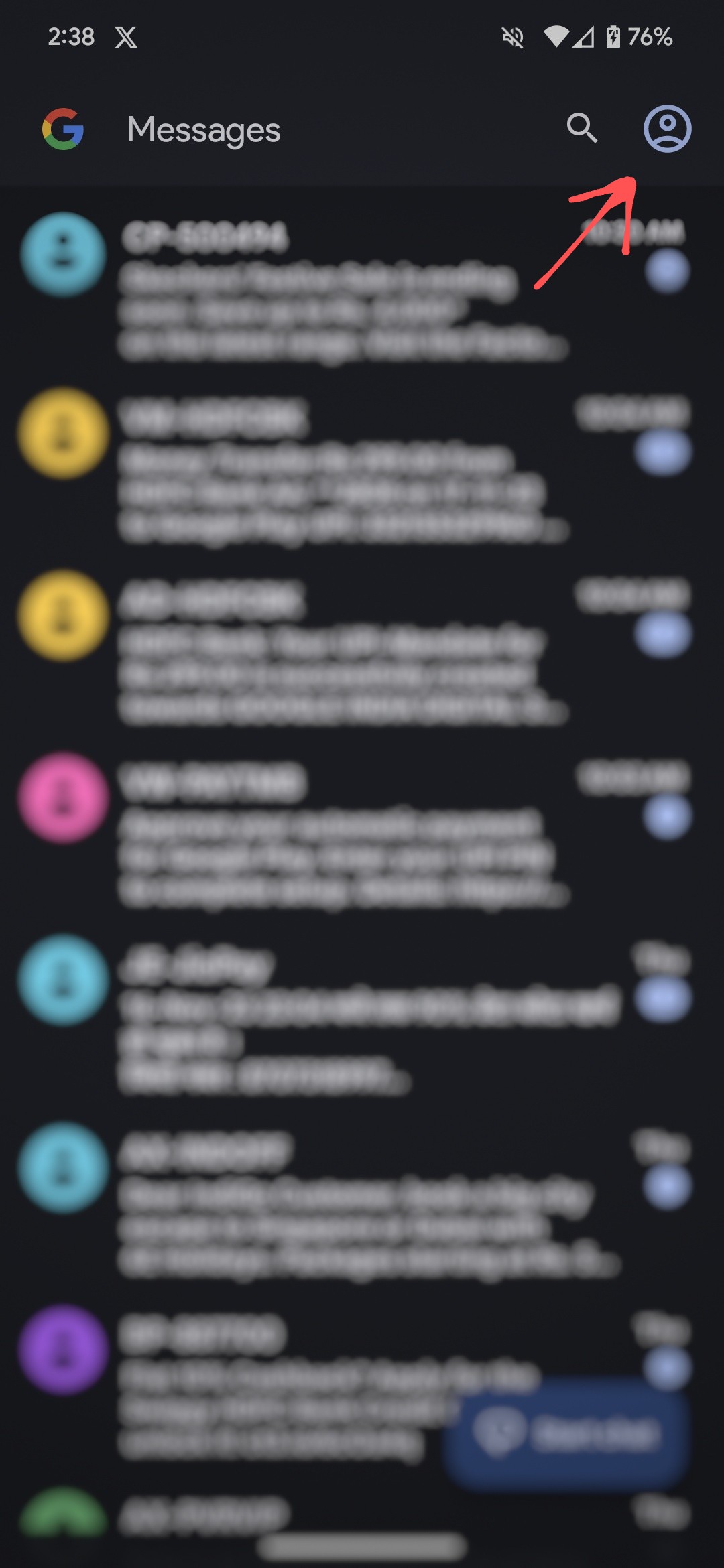
- Then go to the Messages setting section and look for RCS Chats.
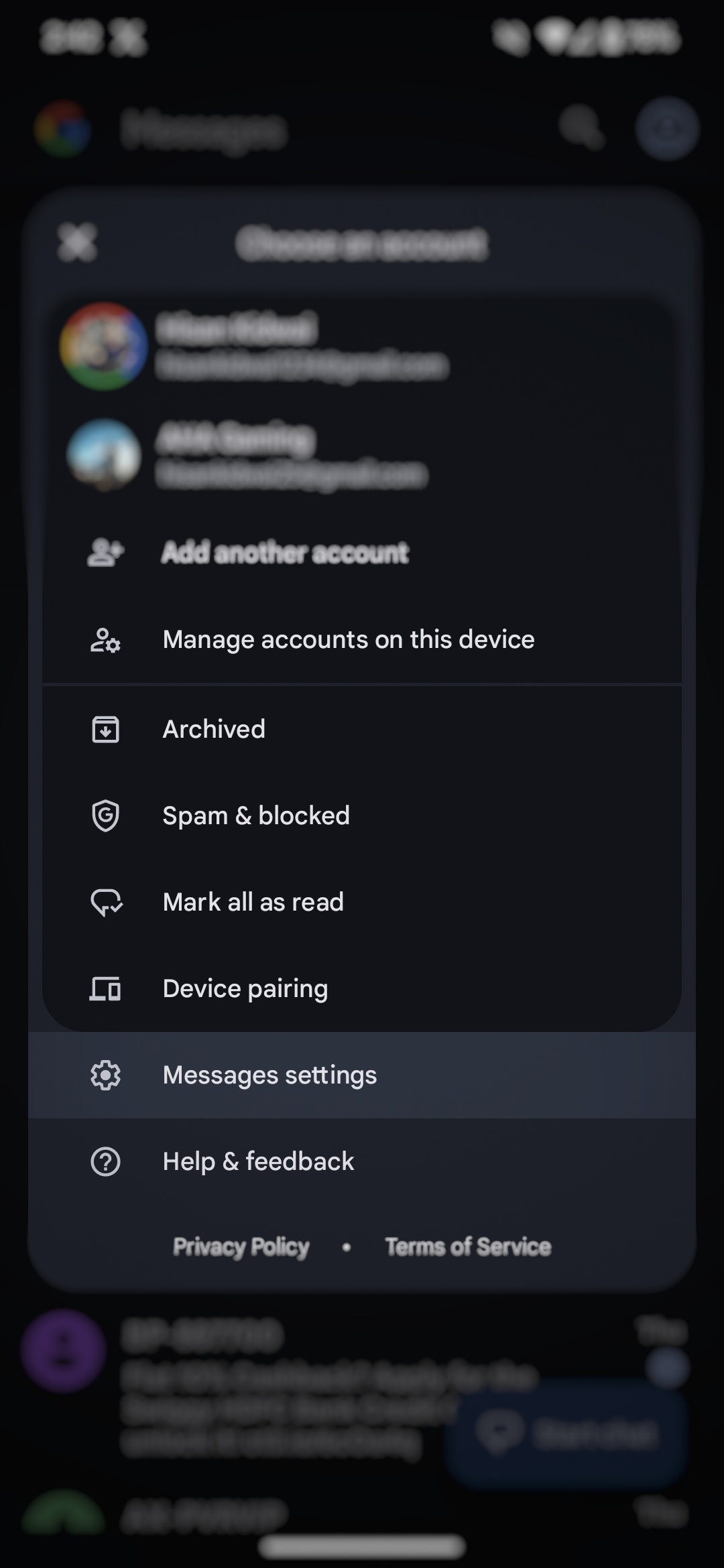
- Finally, click the RCS Chats option and enable the service. Additionally, users can also choose to enable specific functions such as read receipts and typing indicators.
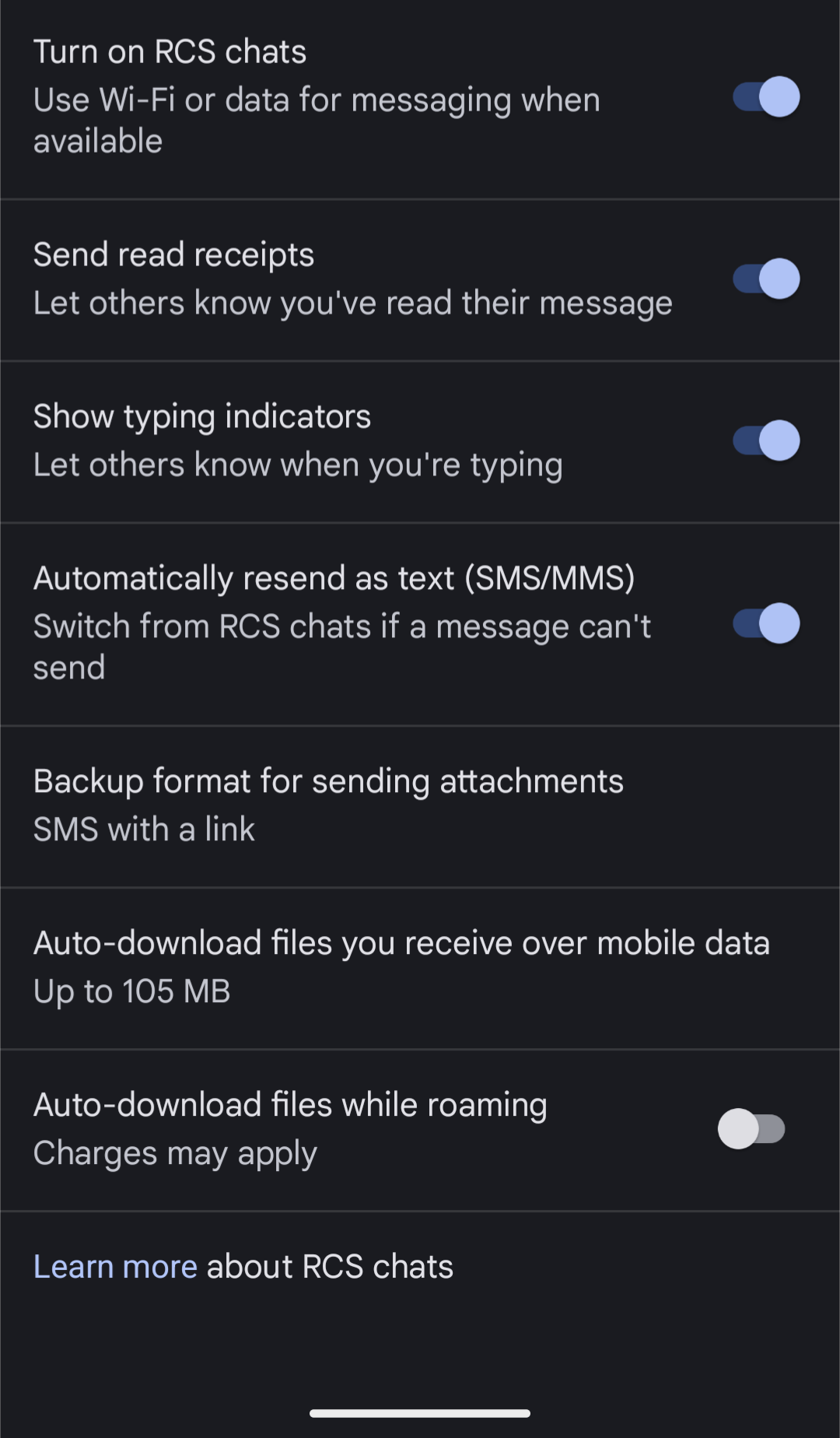
Future of RCS
With Apple finally embracing RCS, albeit with certain drawbacks, it appears that the standard will replace SMS, elevating text messaging to another level. Moreover, with the issue of communication between iOS and Android users finally gone, RCS could very well compete with apps like WhatsApp and Telegram, as users won’t need to install additional apps.


